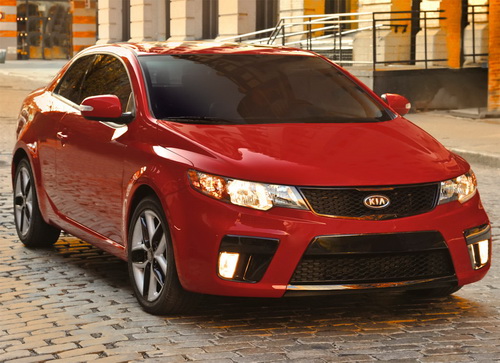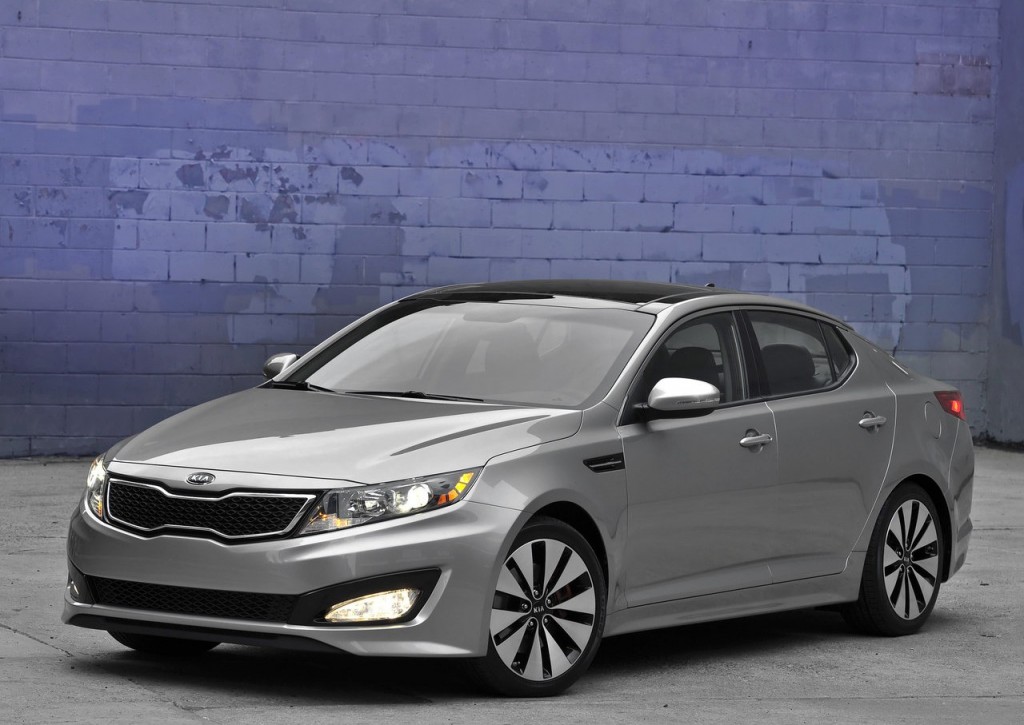 From: http://www.kiamedia.com/secure/corporate051812.html
TOTAL CAR SCORE NAMES 2012 KIA FORTE TO “TOP CARS FOR COLLEGE GRADS” LIST
From: http://www.kiamedia.com/secure/corporate051812.html
TOTAL CAR SCORE NAMES 2012 KIA FORTE TO “TOP CARS FOR COLLEGE GRADS” LIST
IRVINE, Calif., May 18, 2012 – Total Car Score (www.totalcarscore.com), one of the most comprehensive automotive ranking and comparison websites, has named the 2012 Forte sedan and hatchback to its “Top Cars for College Grads” list. This roster of over-achieving compact cars was released on the cusp of graduation season, as new college grads – along with their parents – look to purchase vehicles that are reliable and cost-conscious, while also considering factors including safety, fuel-efficiency, comfort and performance. Beyond praise for its styling, spaciousness, technology and interior materials, the 2012 Forte was found to be the most affordable vehicle among the cars selected.
“Forte’s achievement of being named to Total Car Score’s ‘Top Cars for College Grads’ list is validation that its low cost and abundance of smart, youthful characteristics make it a natural fit for young adults who are about to enter the professional world,” said Orth Hedrick, director of product planning, Kia Motors America. “Furthermore, as the automotive marketplace becomes increasingly competitive with higher-quality cars, the Kia Forte is poised to succeed as one of the most well-built, well-equipped cars in its class.”
Total Car Score provides a comprehensive auto rating system that lets car buyers and enthusiasts compare models from all automotive segments. The “Total Car Score” assigned to a vehicle is an overall industry assessment that combines quantitative car reviews from various major automotive authorities, including the Institute for Highway Safety (IIHS) and the National Highway Traffic Safety Administration (NHTSA).
The Kia Forte is one of the best compact car values on the market today,” said Karl Brauer, chief executive officer and editor-in-chief of Total Car Score. “With standard features like Bluetooth®1 hands-free phone operation, a USB port for iPod2 connectivity and a 10-year/100,000-mile warranty3, the Forte offers the technology and long-term quality today’s college graduates seek in a new-car purchase.”
For more information about Total Car Score’s “Top 10 List for College Grads,” visit http://www.totalcarscore.com/car-reviews/news-stories/tcs-identifies-10-best-cars-for-college-graduates.

